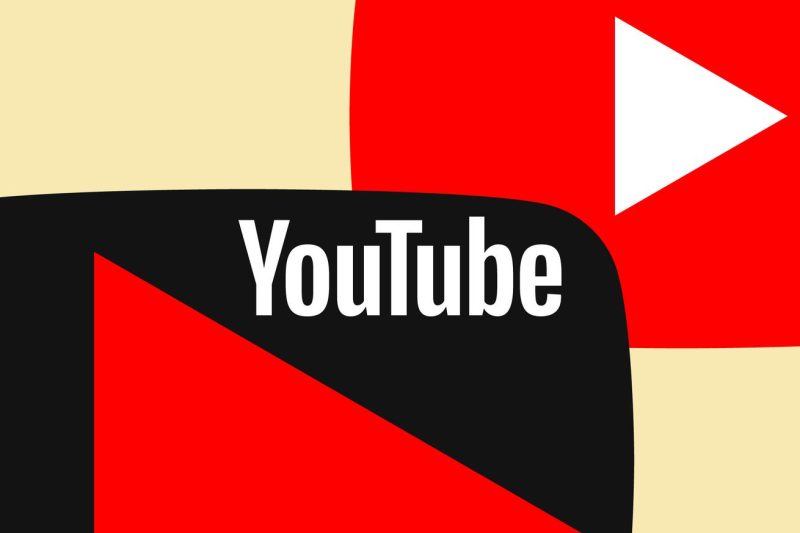
Adele, Nirvana, and More: YouTube Music Pulls Hits in SESAC Clash
In the digital age, music streaming platforms have become one of the primary avenues for artists to reach their audience. However, the intricate web of licensing agreements and royalty disputes often leads to unexpected consequences. Recently, YouTube made a bold move by pulling songs from some of the biggest names in the music industry, including Adele and Nirvana, due to a dispute with SESAC, an American performing rights organization.
SESAC plays a crucial role in the licensing and distribution of music royalties to songwriters and publishers. Its partnership with YouTube ensures that creators receive fair compensation for their work when their music is played on the platform. However, when negotiations between YouTube and SESAC hit a roadblock, it resulted in the removal of songs from various artists’ official channels on YouTube.
This dispute has significant implications for both artists and listeners. For artists, having their music removed from a major platform like YouTube can impact their visibility, reach, and potential earnings. Many artists rely on streaming platforms for exposure and revenue, so being caught in the crossfire of a licensing dispute can be detrimental to their careers.
On the other hand, music enthusiasts who frequent YouTube for their favorite songs may find themselves unable to access some of their go-to tracks. With songs from Adele, Nirvana, and other popular artists suddenly disappearing from the platform, listeners are left wondering where they can turn to for their music fix.
The battle between YouTube and SESAC highlights the complexities of the music industry’s digital landscape. While streaming has revolutionized the way we consume music, it has also introduced new challenges and uncertainties regarding copyright, licensing, and royalties. As artists and platforms navigate this ever-evolving terrain, it is essential for all parties involved to find common ground that supports both creativity and fair compensation.
In conclusion, the recent removal of songs from Adele, Nirvana, and other artists on YouTube serves as a stark reminder of the intricate network of agreements and disputes that underpin the music industry. While this move may have left fans dismayed and artists frustrated, it also sheds light on the need for greater transparency, communication, and collaboration in the realm of music licensing. Only by working together can artists, platforms, and rights organizations ensure that music continues to thrive in the digital era.
